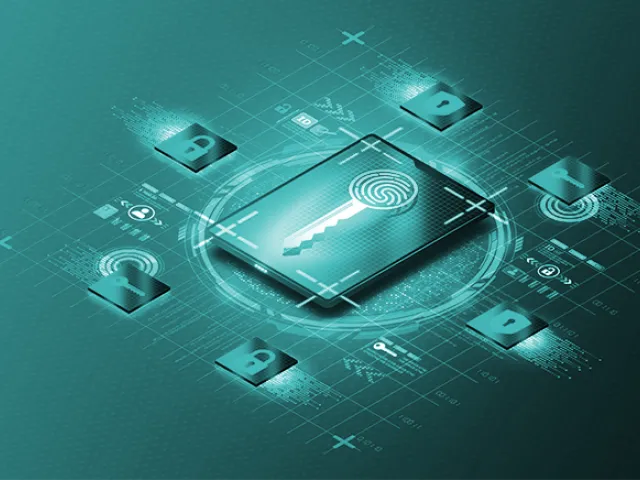Table of contents
Overview
The SOM ESM Receipt transaction is an XML-based message used to record the receipt and transfer serialized products between warehouses and trading partners with Enterprise Serialization Management (ESM) platforms. This transaction confirms that serialized units have been delivered and accepted at their destination and enables downstream verification and compliance checks.
The SOM ESM Receipt transaction captures EPCIS-compliant receiving events, including serialization data, shipment identifiers, and location details. It ensures that the receiving party can verify the integrity of the shipment and update inventory systems accordingly—all while maintaining compliance with DSCSA and global track and trace regulatory requirements.
Executed by Serialized Operations Manager in conjunction with an ESM platform, this transaction follows the GS1 EPCIS 1.2 standard and supports secure, interoperable data exchange across trading partners and internal systems.
Key Use Cases
- Confirm the physical receipt of serialized products.
- Allow logistics providers to inform suppliers that the stock transfer shipment has been successfully delivered to the destination warehouse.
- Enable traceability and verification of serialized units at the point of receipt.
- Maintain auditable records of product movement and delivery.
- Support integration with ERP, WMS, and serialization repositories.
Data Elements Included
An EPCIS 1.2 – SOM ESM Receipt transaction includes:
- Event Type: ObjectEvent with business step "receiving" and action "observe" to indicate product receipt.
- Serialized Product Identifiers (EPCs): Serialized GTINs (SGTINs) or SSCCs of the received units or containers.
- Event Time and Time Zone: Timestamp of the receipt event, including time zone offset.
- Read Point: Physical or system location where the receipt was captured (e.g., warehouse receiving dock, ERP system).
- Business Location: GLN or internal identifier of the receiving site.
- Disposition: Typically "received" or "available" to indicate successful delivery.
- Shipment Reference: Identifier linking the receipt to the originating shipment (e.g., ASN or delivery number).
- Sales Order Reference (optional): Identifier for the original sales order tied to the shipment.
- Aggregation Hierarchy (optional): Parent-child relationships between units, cases, and pallets.
- Transaction ID (optional): Unique identifier for the receipt transaction.
- Digital Signature (optional): Ensures authenticity and data integrity.
- Comments or Notes (optional): Free-text field for logging exceptions, discrepancies, or inspection results.
Benefits of EPCIS 1.2 – SOM ESM Receipt
- Confirms and records the receipt of serialized product shipments.
- Enables downstream verification and inventory updates.
- Ensures compliance with DSCSA and global serialization mandates.
- Provides traceable, auditable records for regulatory inspections and internal audits.
- Reduces manual errors and supports automated reconciliation workflows.
Business Process: EPCIS 1.2 – SOM ESM Receipt
The SOM ESM Receipt transaction supports several key business processes:
- Order Management & Fulfillment: Confirms receipt of serialized shipments against sales orders.
- Inventory Management: Updates inventory with verified serialized units upon delivery.
- Product Serialization & Traceability: Captures EPCIS receipt events for full unit-level traceability.
- Track and Trace & Government Compliance: Ensures DSCSA and global track and trace compliance through verifiable receipt records.
- Quality, Risk, and Recall Management: Enables early detection of discrepancies or issues at the point of receipt.
- Returns and Reverse Logistics: Supports return eligibility by confirming received serialized units.
- Financial Reconciliation & Chargebacks: Provides data for invoice matching and chargeback validation.
How TraceLink Supports EPCIS 1.2 – SOM ESM Receipt
TraceLink’s OPUS Platform, powered by B2N Integrate-Once™, enables secure, compliant receipt processing by:
- Capturing EPCIS 1.2-compliant receipt events from ESM, ERP, or WMS systems.
- Validating receipt data against product shipments and sales orders.
- Transmitting receipt confirmations to upstream partners and compliance systems.
- Providing dashboards and audit logs for receipt status and exception handling.
- Supporting discrepancy management for damaged, missing, or excess units.
- Ensuring secure communication through digital signatures and encryption protocols.
Explore More Serialization & Compliance Capabilities
- EPCIS 1.2 – SOM ESM Sales Shipment: Record product serialized shipments.
- EPCIS 1.2 – SOM ESM Void Shipment: Cancel previously recorded shipments.
- EPCIS 1.2 – SOM ESM Decommission: Deactivate serialized units flagged for removal.
- TL XML – SOM Product Release: Communicate products are ready for shipment into the supply chain.
Need Help Implementing EPCIS 1.2?
Contact Us to learn how our OPUS Platform and B2N Integrate-Once™ model can help you automate serialized product receipt, ensure compliance, and enable secure data exchange across your life sciences and healthcare supply chain.








